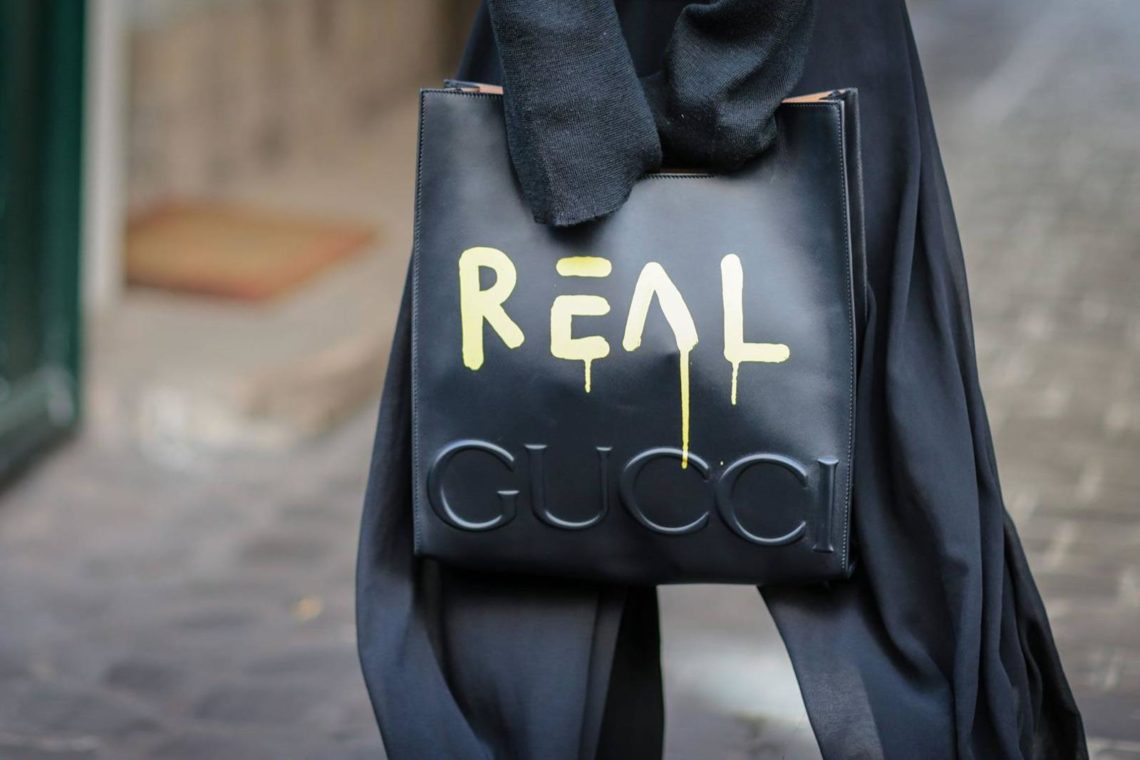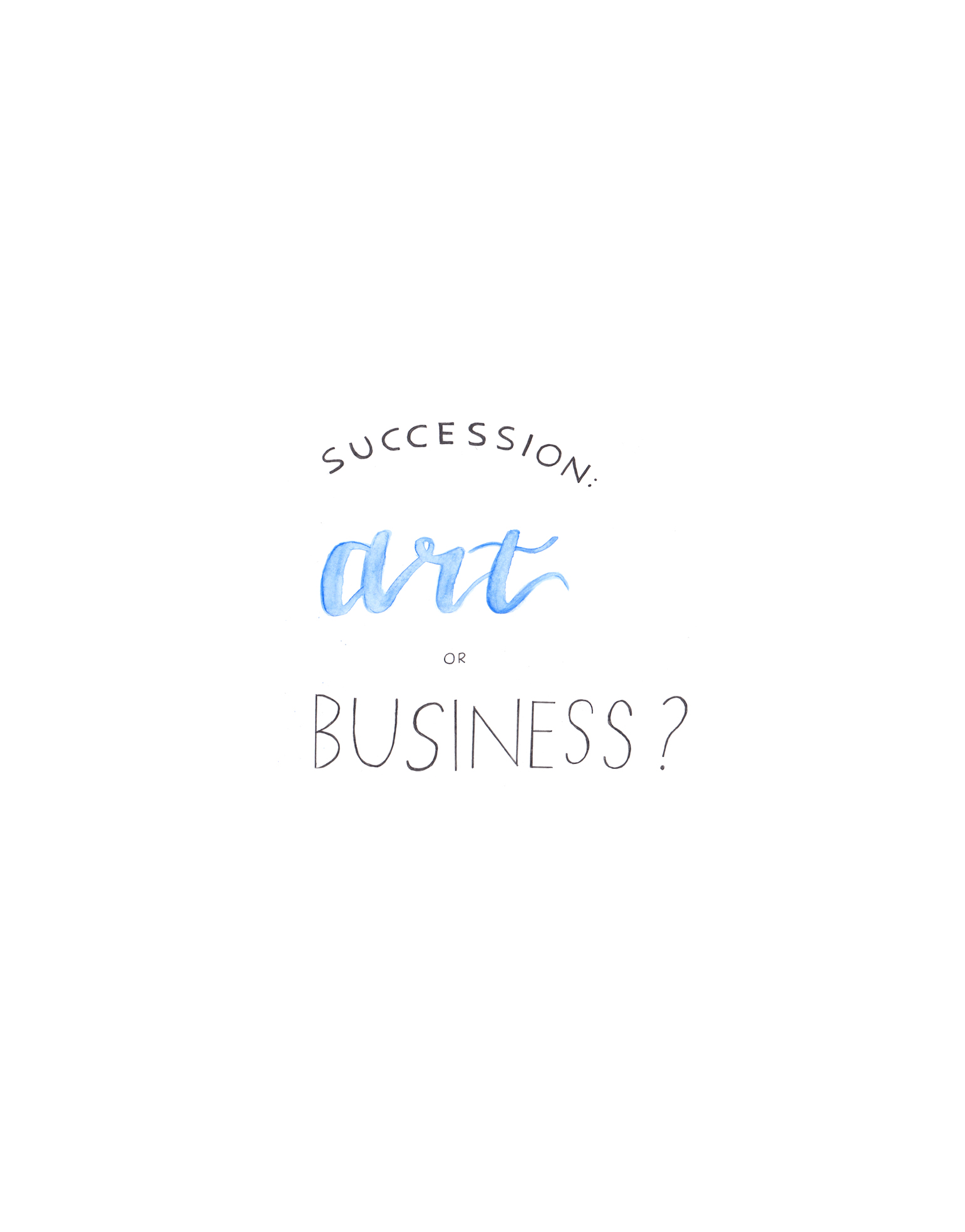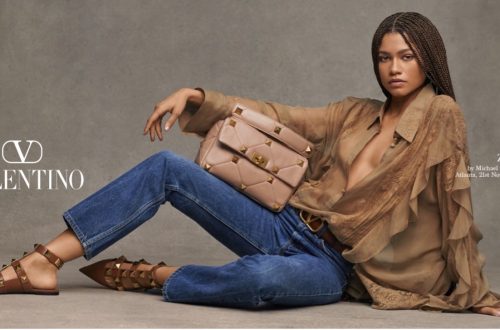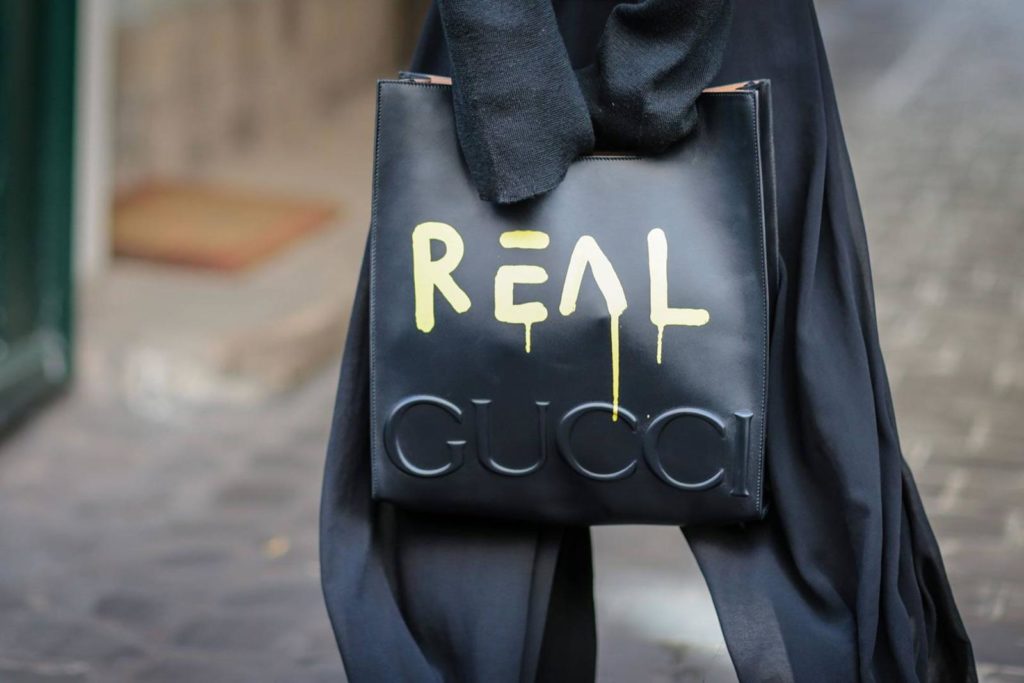
When we hear about counterfeit goods, or so-called ‘fakes’, we almost automatically associate it with the discussion about big, market-dominating companies losing a certain share of their profit. Yet, in reality a negligible amount compared to their total revenues.
We also think of all of those people on the streets, either unaware, or unwilling to spend that extra buck on a designer handbag. It is almost impossible to walk on a street of a big city and not see a poorly imitated Louis Vuitton Speedy, or more recently, Supreme-logo branded clothing. Of course this leads to negative connotations around the whole issue, which many times make the society negligent to the actual impact of the counterfeit industry.
The Oxford Dictionary definition of a fake is: a thing that is not genuine; a forgery or sham. Therefore, a fact that something is not genuine implies that there is an original idea behind a given subject, or product that has been imitated. In case of fashion and business overall, almost always imitated with the intention of making profit.
This brings to mind the obvious: how can someone imitate a product they have not designed or invented, and claim it as theirs? That is where the legal standards and especially Intellectual Property law come into place, the importance of which is crucial to the efficient functioning of the fashion and luxury market. The aim is to legally protect creators from imitation, as well as exploitation, as many times the line of originality becomes blurry. In that context it is also important to notice that Patent Law is of little help, as fashion and luxury goods are perceived many times as utilitarian, which limits scope for potential action.
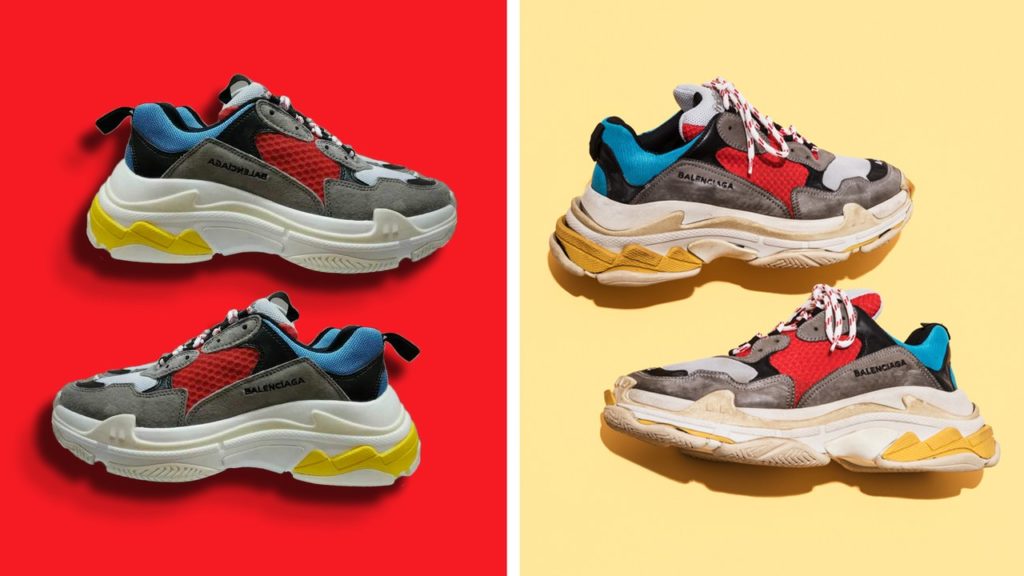
This of course also touches upon the field of ethics, as by imitating, or even precisely counterfeiting a product, or an idea, an entity directly infringes upon IP rights, which by many might be considered similar to a theft. In essence it is easy to see how for some, depriving an individual or a group of an idea or intangibles, could be similar to depriving them of a tangible good. In the end, in both cases the entity forgoes the possibility of future profit from stolen object.
Therefore, we can see how by depriving an entity of their given asset, companies producing either “knock-offs”, or copycat merchandise have ground for generating profit. It is important to distinguish that, on the one hand we have fast-fashion brands. They do not necessarily infringe upon IP, as the only ground for infringement from their side could be backed by Patents. These companies, including many high-street names, such as ZARA, or Bershka, in fact involved in numerous scandals revolving around the matter, essentially produce similar looking products. They are mainly aimed at following a given aesthetic or line of products introduced by high fashion and luxury brands, making products affordable for a larger share of the population.
Their methods of production many times are questionable with regard to fair wage or worker exploitation in developing countries. Although, this is thought to be improving following scandals and factory tragedies, such as the one in Bangladesh in 2012. In the end, however, high-street brands are subject to public scrutiny, which to at least some extents has the potential of damage-control.
On the other hand, however, we have companies whose aim is to directly imitate, or even copy a given idea with the aim of generating profit by marketing their products as authentic. Of course there exist the so-called “super fakes”. However, in most cases the reality is that the products are of poor quality and little value.
These companies to a much larger extent inflict upon the IP laws. However, the dangers of their activities are not limited to that. Most of the companies, of which products are imitated can bear the losses, even though of course there exist numerous laws and programmes aimed at minimising the impact of such activities.
The bigger problem here stems from the business structure of such replica-producers. The business of counterfeits is estimated to be over $1 trillion, half of which is generated by fake fashion and luxury related products. Yet, the methods of generating, as well as spending the profit are still unclear often balancing on the verge of respect for human rights, fair wage, as well as business and criminal law.
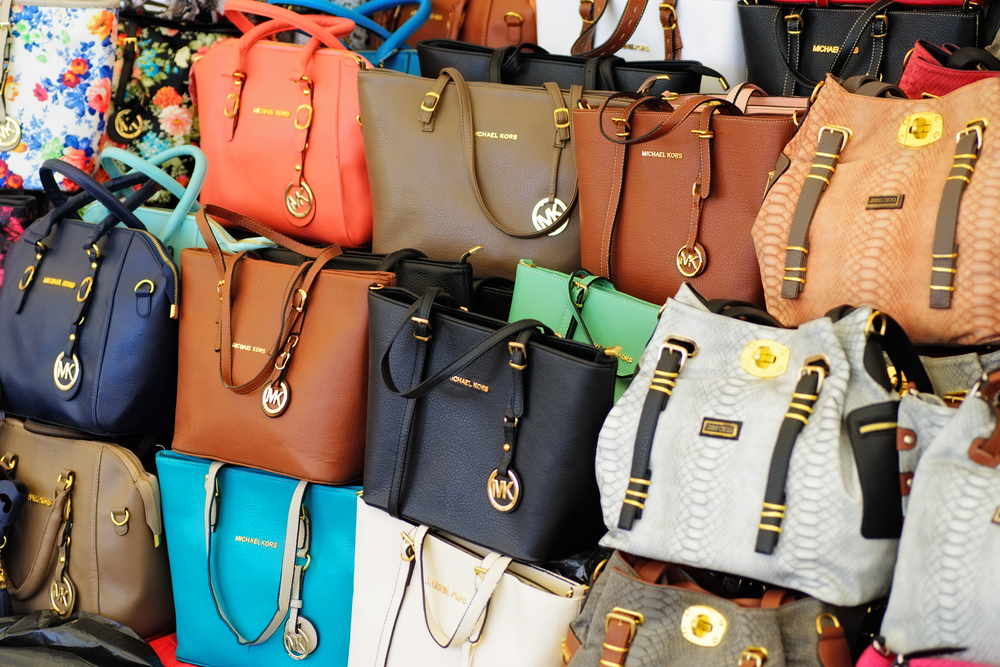
Unfortunately by buying counterfeit goods both online, as well as on streets of big cities, you are not only cutting profit from a brand. Many times unknowingly you are contributing to a business fuelled by worker and children exploitation, as well as severe violation of the Charter of Human Rights. Firstly, most of such merchandise is produced in developing countries in conditions unimaginable to European, or American customers. Not only people working in sweatshops surrounded by disregard for safety, environmental, or health standards, but they are also paid the bare minimum. A wage that is incomparable to their sacrifice. Secondly, such conditions that result from preference of profit over respect for human life, allow for exploitation of child workers. Those children, instead of pursuing eduction are dragged into a vicious circle of exploitation and anonymity.
However, the supply chain is not the only questionable aspect of this immense business. The profit, being so great does not just disappear.
In this case, personal gain is a needle in a haystack of ways of distributing the profit. Time and time again, it has been proven that behind counterfeit goods there are numerous criminal activities. Essentially, sale of those goods is one of the ways of financing crime syndicates. Sometimes even terrorist organisations.
Here is where a question emerges: Do we want to be part of this vicious cycle, which essentially entails no positive externalities?
I believe no. That is why we should raise our consumer awareness.
It may not be that obvious, but creating a fair and transparent business cycle behind the production of products entering the market contributes to the ideas of sustainability and efficiency. In the end what we contribute to, is what prospers. It is virtually up to consumers to decide what world they want to live in the future.
by Zuzanna Kalwat

